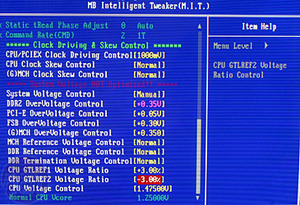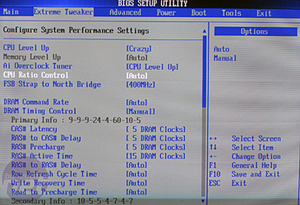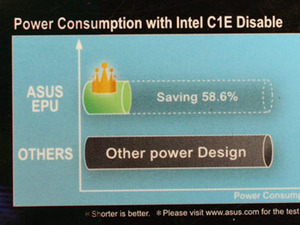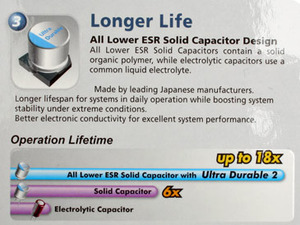How much is too much?
Volt modding and epoxying extra heatsinks into strange places is a thing of the past because we're offered so much voltage overhead on the moreThe most expensive boards on the market today are designed with the sole purpose of catering for the ten people in the world who will smother it in liquid nitrogen to achieve an "overclocking/3D-peen record". This way the company marketing departments can harp on about how good their board is – benchmarks don’t lie, right?
Let me make this clear: I do not want to put 3V through my CPU, and nor do 99 percent of us. We don't get kit for free like these guys do, nor do they want to risk asphyxiating themselves in our bedrooms as the Nitrogen boils off. I don’t care how euphoric this method of death is meant to be.


Let’s regain the reins of realism here: as a consumer, people want computers they can use day-in day-out. So harping on about a board that achieves 600MHz FSB is not actually of any real benefit. Just “enough” voltage is ample – but the question then becomes, how much is enough and who do manufacturers listen to? Bigger numbers mean bigger scores!
Energy Efficiency
One thing motherboard manufacturers are getting right is energy efficiency, but (and I'm not just being cynical here) who genuinely cares more about saving the planet than they do about saving money?It sometimes gets to the point of silly where each other company claims their technology is better than each other’s by <insert percentage statistic here> amount and someone has even claimed their solid aluminium Japanese capacitors are better than rivals’ solid aluminium Japanese capacitors. Of course, it’s actually quite entertaining when you're reading all the PDFs and realise that it goes in one big circle. How do you actually quantify these claims? Durability? Energy Efficiency? "Up to 10x more efficient!" Than what? Google's data centre? It's an ambiguity cheesecake.
Is it just so wrong to want something that's inexpensive and just works? Don't get me wrong – I like the details, but when it comes down to understanding the difference between capacitor model numbers to prove a product is better, I tend to draw a line.

MSI MPG Velox 100R Chassis Review
October 14 2021 | 15:04











Want to comment? Please log in.